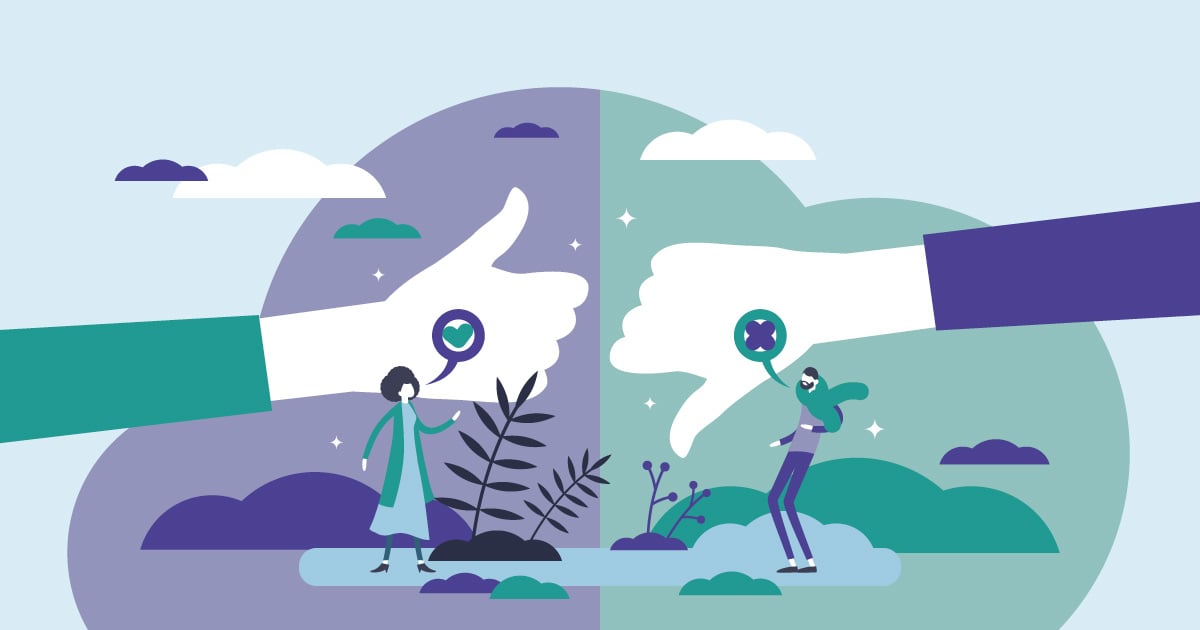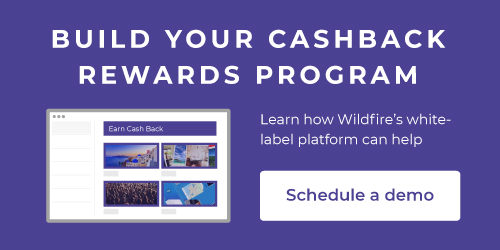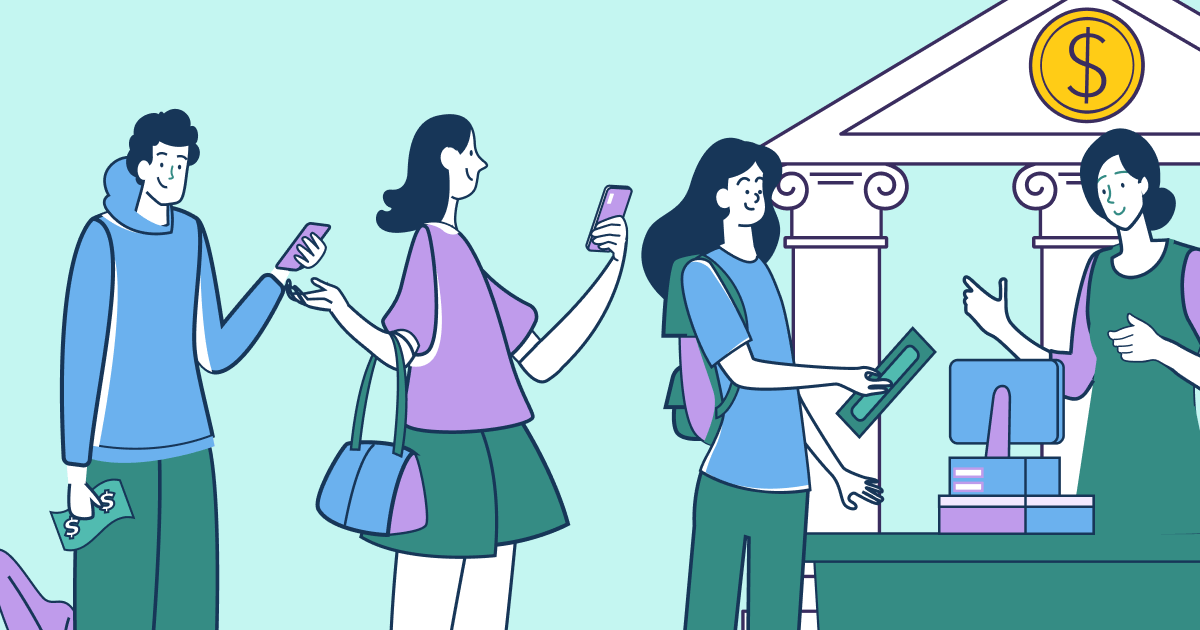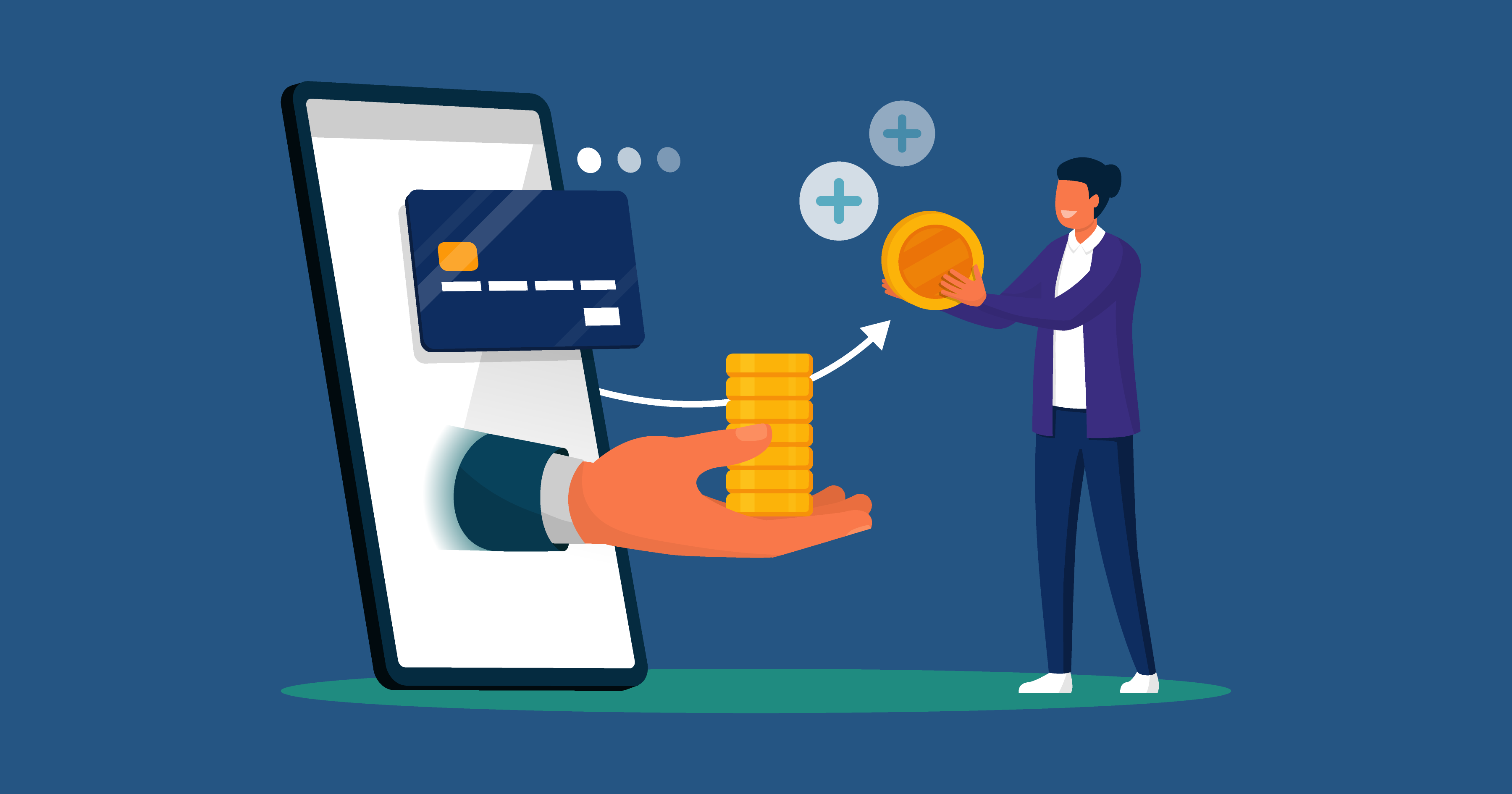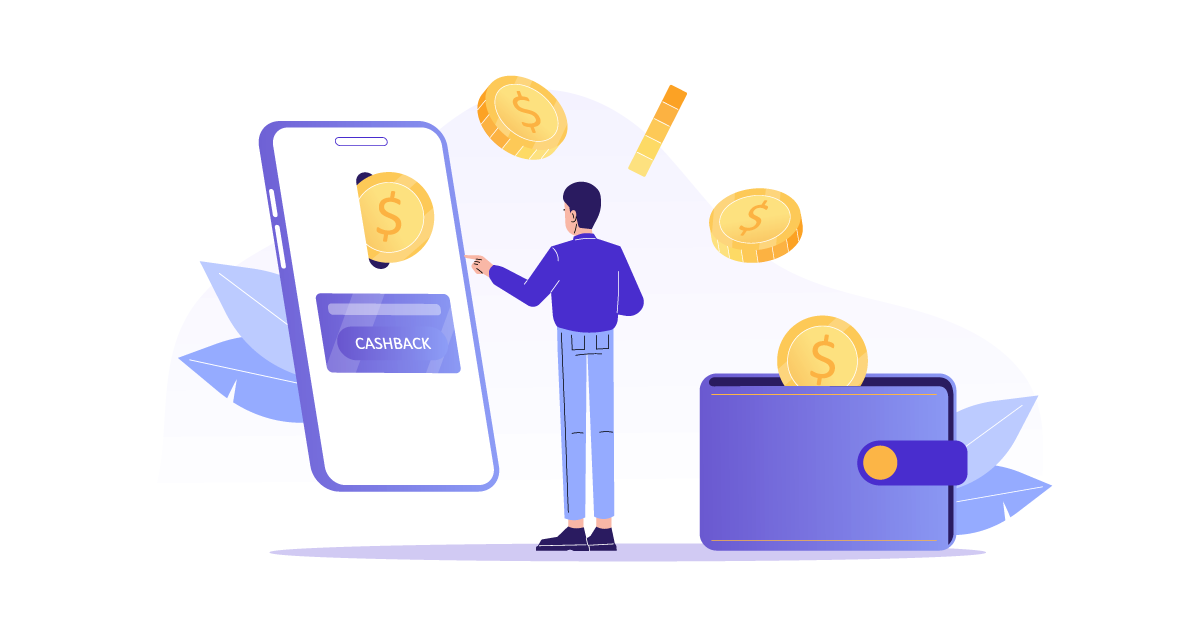The backbone of any customer loyalty program is in the name itself: the customer! Although typically, the key reason why a company launches a customer rewards program is to drive business objectives such as increased lifetime value or larger e-commerce order sizes, don’t forget about the end-user customer themselves.
Loyalty programs should always be designed with the customer in mind, and built to address their “wish list” in order to capture the most participation.
When planning out a customer rewards program, smart businesses will often take the time to collect customer feedback to determine what their customers are really looking for in a loyalty rewards program. This helps to narrow down the specific features or reward-triggering events that will appeal most to the customers of that particular business.
However, there are basic universal attributes of a loyalty program that we know resonate with customers of all kinds for any type of business. To that end, these four attributes are the baseline to meet in order to ensure a loyalty rewards program has the most appeal for consumers.
1) Exclusive
Obviously, one of the main consumer draws of a loyalty program is that members typically get something extra that non-members don’t. Whether it’s priority access to new offerings, rewards in the form of cashback on a purchase, discounts on future purchases, special access to benefits like free shipping, etc., a program should offer rewards that will truly add value and give those members a reason to keep participating.
When loyalty program participants gain incrementally more value the more they buy or interact with a brand, the more connected they become.
2) Convenient
Give customers multiple ways to engage in the loyalty program to make it convenient for them to participate. Brands shouldn’t make the customer jump through hoops to earn rewards or otherwise realize loyalty program benefits. Instead, they should think of all the ways customers can interact, and set the program parameters accordingly.
Leverage the multiple engagement points customers have: Not only do they need to consider the different touchpoints for customers, but brands also need to consider the different platforms by which customers will access those touchpoints.
Nowadays, people can interact with a brand on mobile, desktop, in store, with customer service teams, etc. A well-built customer rewards program must meet customers where they are, regardless of the platform.
The more opportunities the customer has to be rewarded for engaging with the brand, the more convenient it is for them to interact with a loyalty program regularly - and the more likely they’ll keep interacting.
3) Unobtrusive
A loyalty program should not disrupt a typical customer shopping journey or browsing activity in order to allow them to participate. For example, if a loyalty program is going to offer members some sort of cashback reward on purchases, it should not require them to take extra steps to activate or access that reward.
This also ties into the idea of convenience above, where the customer may have several opportunities to engage with the program, and can easily access the rewards they expect without jumping through additional hoops.
Any successful loyalty program should essentially be a seamless part of customers’ experience, fitting into their daily lives as appropriate, and ultimately allowing them to create positive associations with the brand.
Rather than requiring unnatural steps for activation and redemption, a rewards program should “just work.”
4) Simple
If a brand wants a customer to take a desired action, it must be as easy as possible for them to do so. Loyalty programs are no different.
Companies should always prioritize simplicity. Don’t make customers guess when their next reward is coming. In fact, promoting rewards and the ease by which they can be earned before a customer even considers a purchase, can influence an online conversion.
Consider, for example, a simple cashback reward offer on an e-commerce purchase. The psychological effect of an activated cashback offer acts like a magnet to draw the customer through to the completed sale so that they can realize the reward they are “owed.”
What type of rewards do customers prefer? Again, here the key theme is simplicity. A survey we conducted revealed that around 77% of respondents preferred cash rewards over anything else. Cash rewards are easy to understand, highly flexible, and above all, simple.
However, each business’ values and capabilities are different, and each brand needs to know their own audience and what they will most respond to. Consider what rewards will best capture the interest of an audience and keep them engaged. (Or, as mentioned above, get customer feedback to narrow down what they really want.)
Final Thoughts
The true purpose of a loyalty program goes beyond helping businesses increase their revenue and customer lifetime value. Truly effective programs are treated as an integral component of the customer experience and take the four recommendations we’ve listed into consideration.
